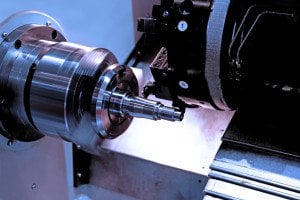Purchasing a CNC tube bender is large step that can be very rewarding. However, it is crucial to know and define your specifications before you set out to buy a bender to make the most of your purchase.
Benefits of Automation
Tube benders are an excellent tool for automating bending and end forming. With a tube bender, you can greatly increase your volume of production while decreasing the time each piece takes to produce.
Beyond ROI and efficiency increases, tube benders also offer other advantages. For instance, precision bending and end forming are one of the most important benefits of a tube bender.
Specifications
To make the most of the benefits of a CNC tube bender, however, you need to be sure you purchase the right tool for the job. A fully automatic tube bender, for instance, might be perfect for large volume applications but if your application calls for multiple bends the ability to perform both right and left hand bends might be more important to your specific application.
Each application will have specific specifications that weigh into the tube bending purchasing decision, but in general there are a couple of specifications that you should know.
- Tube OD
- Tube Wt
- Tightest bend radius
- How many bends in your part shapes
- Annual volume
- The most radius in a single part shape
- Material type
These 7 specifications are crucial to determining what type of CNC tube bender is right for you. These specifications will help you navigate right and left hand benders, CNC options, and small vs. large radius options.
Explore our full range of CNC tube benders or contact us to learn more.
